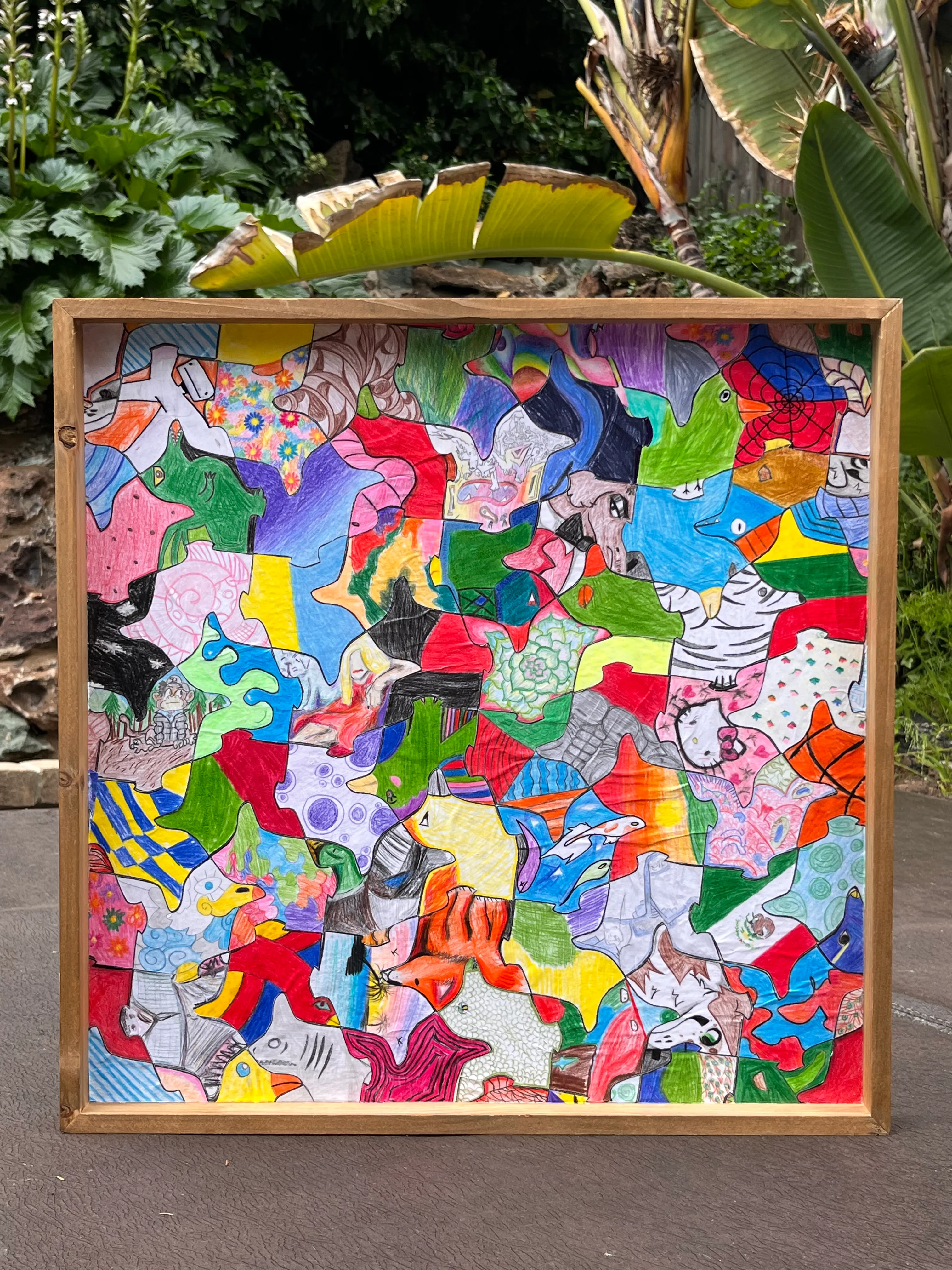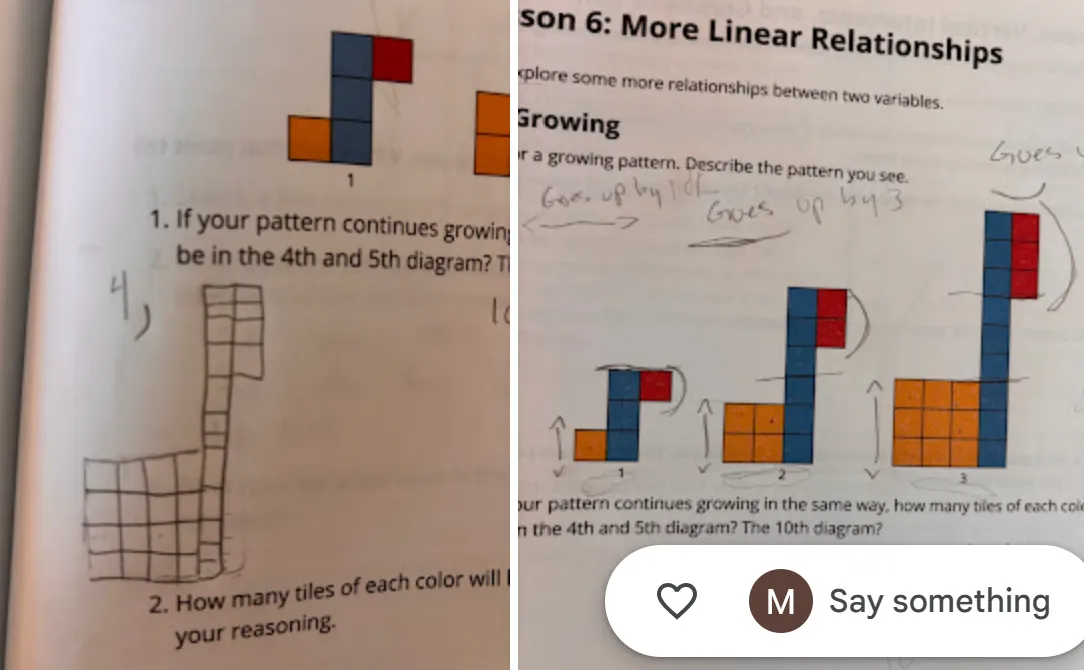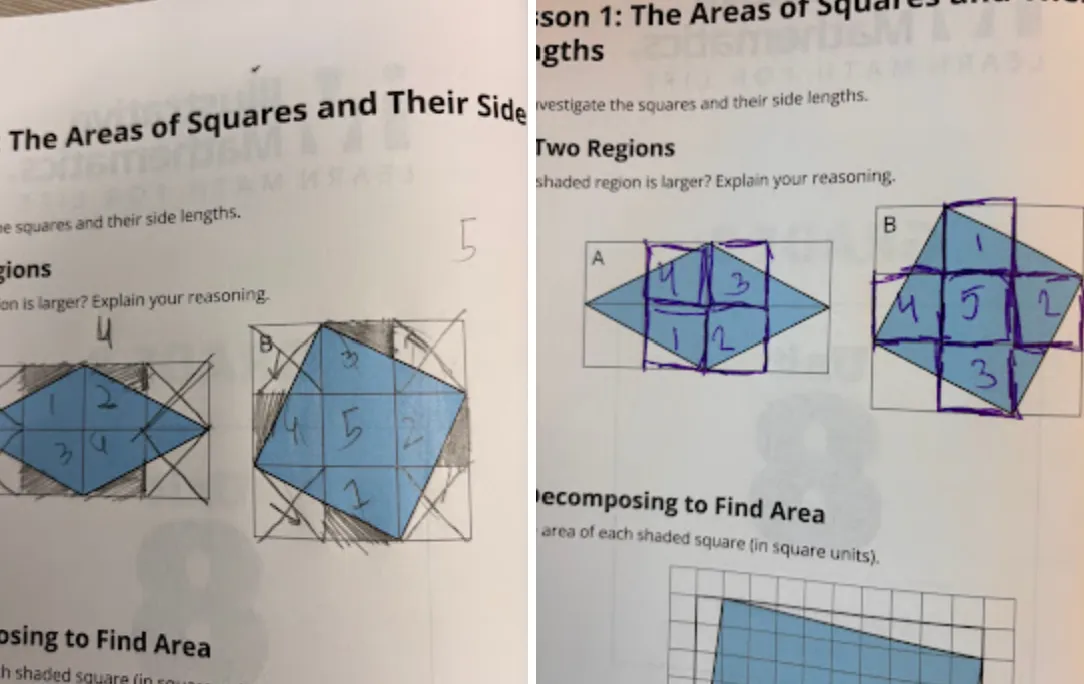Multiple Sensory Learning

Movement
I try to get my students up and moving every 15 minutes. It helps them focus and stay energized for learning.
In my class, students experience frequent stand-and-talk partners, standing white boards, stretches, and brain breaks.
I also have students act out the problem we are trying to solve. It helps turn the abstract into the concrete.
I create memory moves and dances. They are introduced as part of my curriculum and full participation is expected. It really works.
Song and Chants
Why do jingles work for advertisements? Because those tunes and lyrics worm into our brains and play on repeat. I use the same strategy for math. Songs and chants help students remember, especially when I pair them with movements.
I have students coming back to me years later saying that my math songs still play in their heads when they are solving a problem or taking a test!
Geometry Chants
- Geometry Chant Intro — Area, Perimeter, Volume
- Polygon Geometry Chant
- Point and Line Segment Geometry Chant
- Angles Geometry Chant
- Classifying Triangles Geometry Chant
- Parallelogram Geometry Chant
- Square Is King Geometry Chants
- What about a Rhombus Geometry Chant
- It’s All about the Base Geometry Song
- Ms Jean’s Geometry Chants — All of Them
Geometry Groovin Lyrics — Chants
Geometry Groovin Lyrics — Chants
“Math’s Cool” — parody of Truth Hurts by Lizzo
Manipulatives and Visuals
Manipulatives are not just for elementary students! Tangible objects help connect abstract concepts to concrete thinking. Seeing a number line is different from imagining it. Once someone interacts with a real number line enough times, they will begin to see it in their minds.
Algebra — use bags and coins with a balance scale
Square roots — build squares with one inch tiles
Cube roots — build cubes with snapping cubes
Circles, cylinders, cones, and spheres — use string to reinforce the beautiful relationship of Pi, use real containers to compare volume


Sketchnotes and Journals
Creating notes helps students process and synthesize concepts. The Sketchnotes technique combines text, color, layout, and drawings. Students use choice and creativity as they prioritize and illustrate ideas. See photos here.